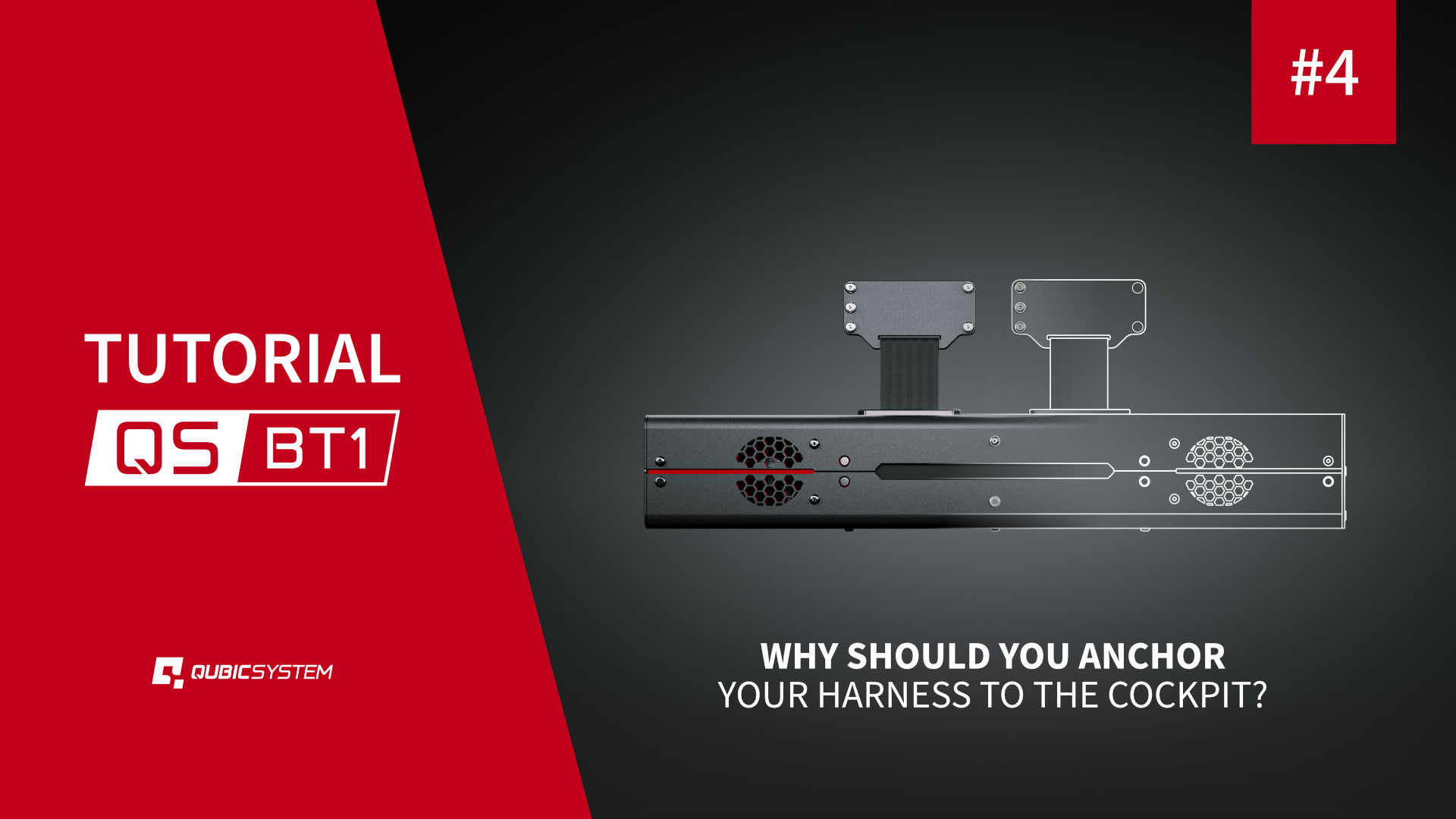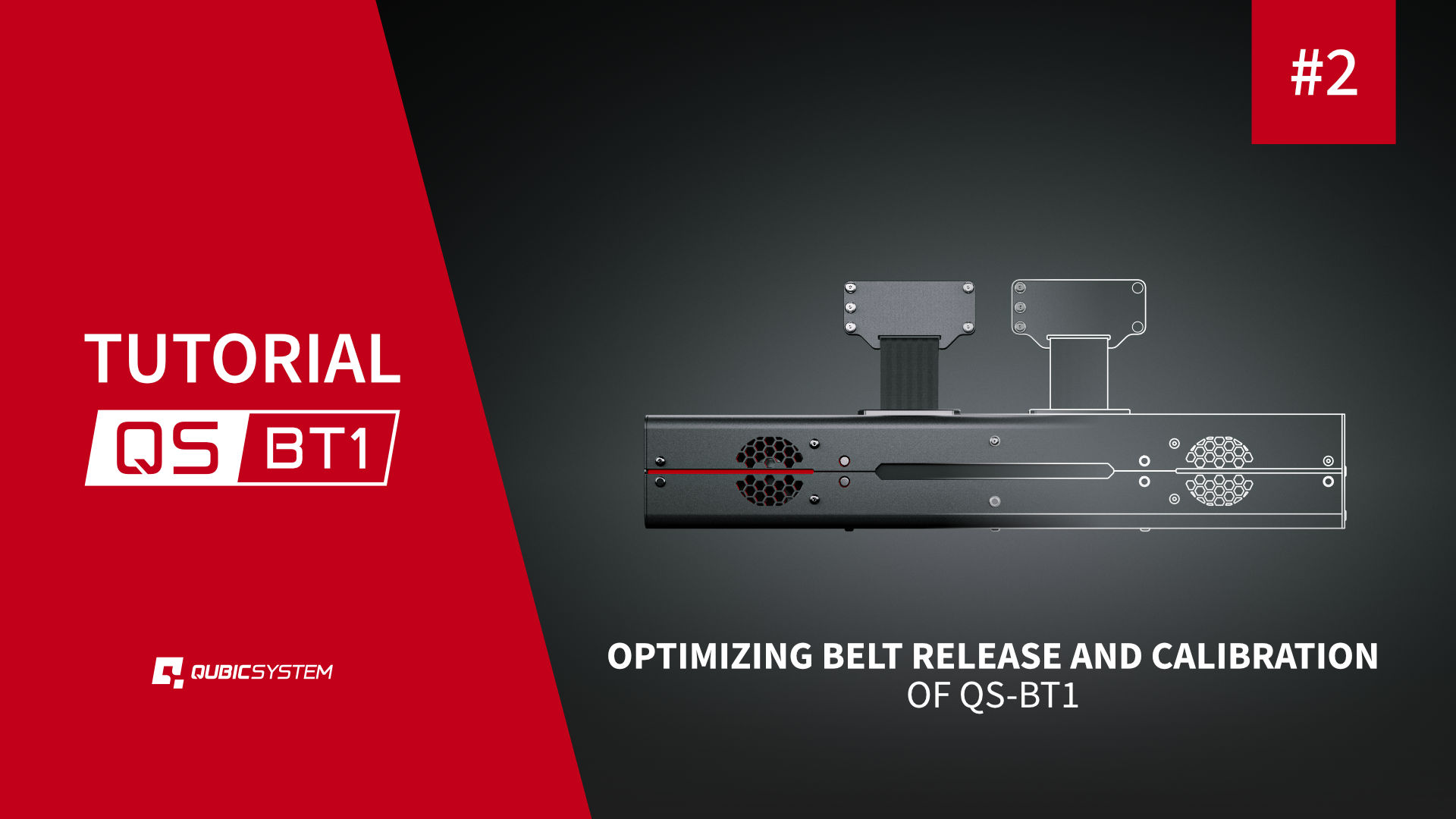
WHY SHOULD YOU ANCHOR YOUR HARNESS TO THE COCKPIT?
Safety First
Unlike a standard racing harness, the QS-BT1 is not classified as a safety device. In the event of an unexpected occurrence, such as an earthquake, a genuine seat belt will keep you securely in place, preventing potential injuries. The belts inside the QS-BT1, however, are designed for tensioning and could be at risk of snapping under extreme forces.
Ensuring Consistency
A racing harness anchored to the cockpit provides a fixed distance between the buckles and the QS-BT1, ensuring repeatable belt tension regardless of how tightly the harness is fastened. While it is possible to maintain this consistency without cockpit attachment, securing it to the cockpit guarantees a more predictable and uniform experience.
Preventing Damage
Although the QS-BT1 is built to handle high tension, human strength can sometimes exceed its mechanical limits. A properly rated racing harness is designed to withstand several tons of force, whereas the QS-BT1 is optimized for controlled tensioning.
Imagine a scenario where someone decides to test their strength against the device—while the motor-controlled range will be fine, exceeding the limit could put excessive strain on the internal fasteners, potentially leading to damage. However, a securely anchored racing harness will remain intact, preventing such issues.
Optimizing Initial Start-Up
When setting up the harness, it should not be overly tightened so that the QS-BT1 works with its entire output range. If the operation of the belts starts under high tension — like when someone using the device is fully strapped in and their harness is tight — it might even keep the device from working at all. Also, if a harness is to be anchored to a moving component of a motion cockpit, it was ensured to be slightly loose for the operation to be undisturbed.



